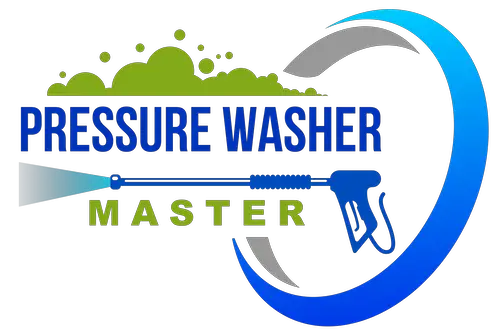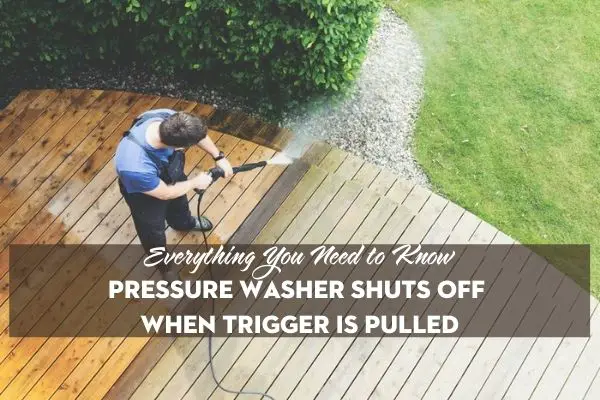A pressure washer is a valuable and easy device to attain a high level of cleanliness outside and within the home. For example, the pressured water can remove graffiti, hard dirt, and debris from your fencing or the outsides of your property, in addition to removing mud and filth from your pathway.
This robust cleaning equipment is only helpful if it is kept in good working order. Knowing how to repair and troubleshoot your equipment is a vital aspect of owning a pressure washer since the engine may break down at any time.
What to do when a pressure washer shuts off when trigger is pulled is one of the most commonly asked topics on DIY forums. This problem has a simple solution that you can handle on your own.
5 Reasons Why Pressure Washer Shuts Off When Trigger Is Pulled
A malfunctioning unloader valve, O-rings, pressure washer trigger, or a too-high unloader valve setting are the most common causes of a pressure washer stalling when the trigger is pushed.
Here are some of the most typical causes of pressure washer dies when trigger released.
Unloader Valve Failure
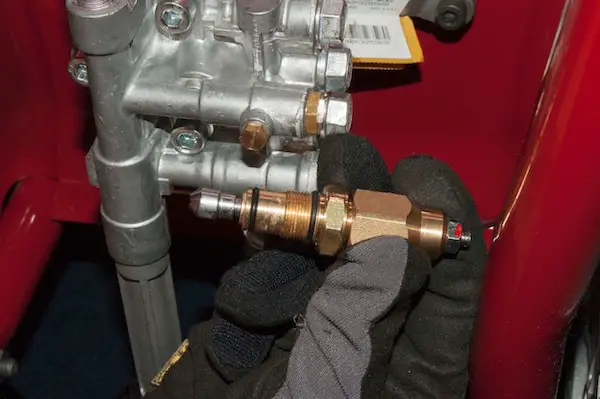
The unloader valve is the source of the majority of pressure washer issues. The pressure is controlled by the unloader valve, which enables high-pressure water to emerge from the nozzle. When the trigger is released, it diverts the water flow into a loop to keep the pressure high. The engine shuts off when the pressure in the pump surpasses that of the engine. Cracked O-rings, accumulated dirt in the spring, or a jammed shaft are typical unloader valve difficulties.
Faulty Piston
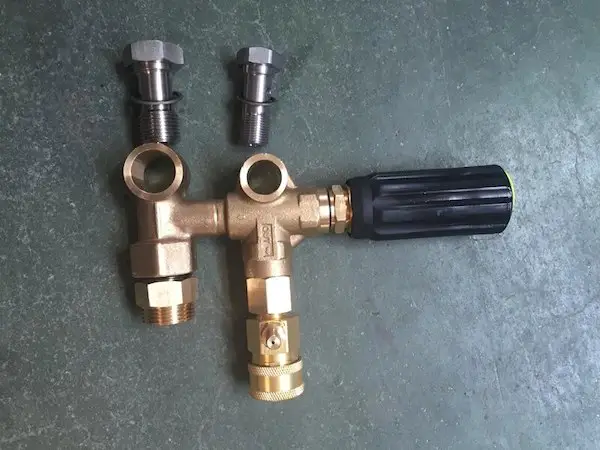
The piston is one of the essential elements of the unloader valve since it regulates pressure retention. When the pressure washer is turned on, the piston travels back and forth. The pressure washer turns off as a result when this back-and-forth action is stopped or interrupted.
Old O-Rings
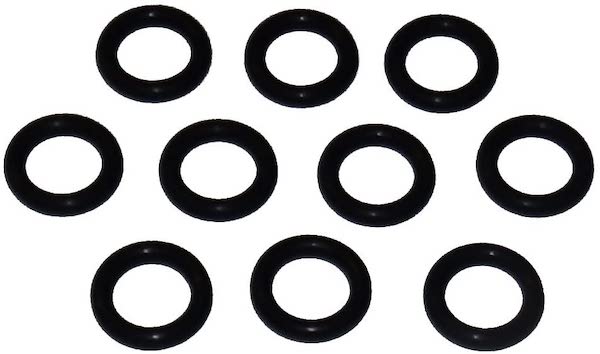
Leakage from the oil pump is caused by faulty and deteriorating O-rings, which prevents the unloader valve from working correctly. Therefore, the pressure washer dies when trigger is pulled.
Incorrect Setting
High-pressure settings on the unloader valve limit the engine’s capabilities when the trigger is released. The unloader valve does not allow water to detour in the loop to the intake to relieve pressure at higher settings. As a result, the pressure in the machine rises, causing the pressure washer to stall. To avoid pressure build-up that causes the pressure washer to shut off, you must change the settings so that the unloader valve can send the water back to the intake.
How To Prepare For A Pressure Washer That Stalls When The Trigger Is Pulled
The first step in repairing your washer is to gather all necessary equipment and supplies for the project. Even if you’re not a seasoned DIYer or mechanic, you’re likely to have all of this equipment stashed somewhere in your home.
Begin by gathering the following information:
- A wrench
- A screwdriver
- Grease to lubricate them.
- Alcohol to clean
How To Fix A Pressure Washer That Dies When The Trigger Is Pulled
Step 1
Start by locating the unloader valve on your pressure washer. This is usually found above the pump system and is distinguished by a black handle.
Once you’ve found it, disconnect it using the screwdriver. To do so, look for a retaining pin that holds the valve in place within its bay.
This should be a metal pin in the shape of a U that goes through the valve and bay socket. A screwdriver will quickly remove the metal pin.
Step 2
Remove the piston and examine it after removing the unloader valve. The piston is secured to the valve by a nut. You should be able to remove it with the screwdriver simply. The piston controls the valve’s pressure retention capabilities.
When you turn on the pressure washer, the piston should move freely. If not, the pressure washer’s engine will stall.
Step 3
After you’ve removed the piston from the valve, clean it with kerosene or alcohol to remove any dirt. Then lubricate it with silicone grease and reinstall it in the unloader valve.
It will then be able to resume regular functioning, which includes moving about freely. However, if you saw that the piston was moving freely, you won’t need to go through this step.
Step 4
Check the settings on your unloader valve if the piston is operating correctly. The amount of pressure created is determined by the type of cleaning desired and the surface/object.
The setting may be too high, causing the pressure washer to bog down when the trigger is pressed.
To avoid pressure build-up that causes the engine to stall, change the settings so that the valve may open and cycle the water back to the inlet.
Step 5
Your pressure washer might still shut down even if the unloader valve operates properly and with ideal settings. What precisely may the issue be? Have you checked the O-rings yet? The oil pump is sealed with O-rings.
Sealing will not occur if the O-rings are worn out, causing the unloader valve to malfunction. The only alternative is to purchase new O-rings to guarantee that the oil pump does not leak.
Re-install or replace O-rings with grease. Thread tape and grease remover will come in handy as well.
Step 6
Before you start washing your patio or veranda, double-check that your pressure washer is in good working order. These are some of them:
- But, first, examine the engine’s performance.
- Check that the water inlet is in excellent working order and does not exhibit any signs of wear.
- If you haven’t used your pressure washer in a while, check the air filters.
- To maintain the spark plug clean, use alcohol.
Check out this video for further instructions:
How To Prevent A Pressure Washer From Cutting Off When Pull The Trigger
Most pressure washers are designed to protect engines and other mechanical components from harm when the equipment isn’t properly maintained. The most fundamental reasons for your pressure washer’s abrupt death are that it ran out of gasoline or oil.
It’s a good practice to check your pressure washer’s oil and gasoline levels every time you turn it on. Even if you’ve recently filled up your oil supply, you should always do this. This aids in detecting any leaks that may have formed during the time you owned the pressure washer or if it was defective during the production process if it is brand new.
When a pressure washer’s thermostat reaches a particular temperature, it will turn off. This happens commonly when the engine is utilized in a confined space with little or no air to cool it down.
On hot and humid days, overheating is also a possibility. Allow at least 30 minutes for it to calm down before beginning a new cleaning session.
Conclusion
Even if you buy the best pressure washer on the market, the situation when the pressure washer shuts off when trigger is pulled still happens. Using a faulty pressure washer might transform your cleaning pleasure into a tedious chore.
It is critical to have a functional cleaning gadget to make cleaning simpler.
Inspect, clean, and maintain your pressure washer regularly, just like any other piece of equipment, to avoid any issues. If the pressure washer loses pressure when the trigger is pushed, simply put what you’ve learned in this tutorial into practice.
Related Post
